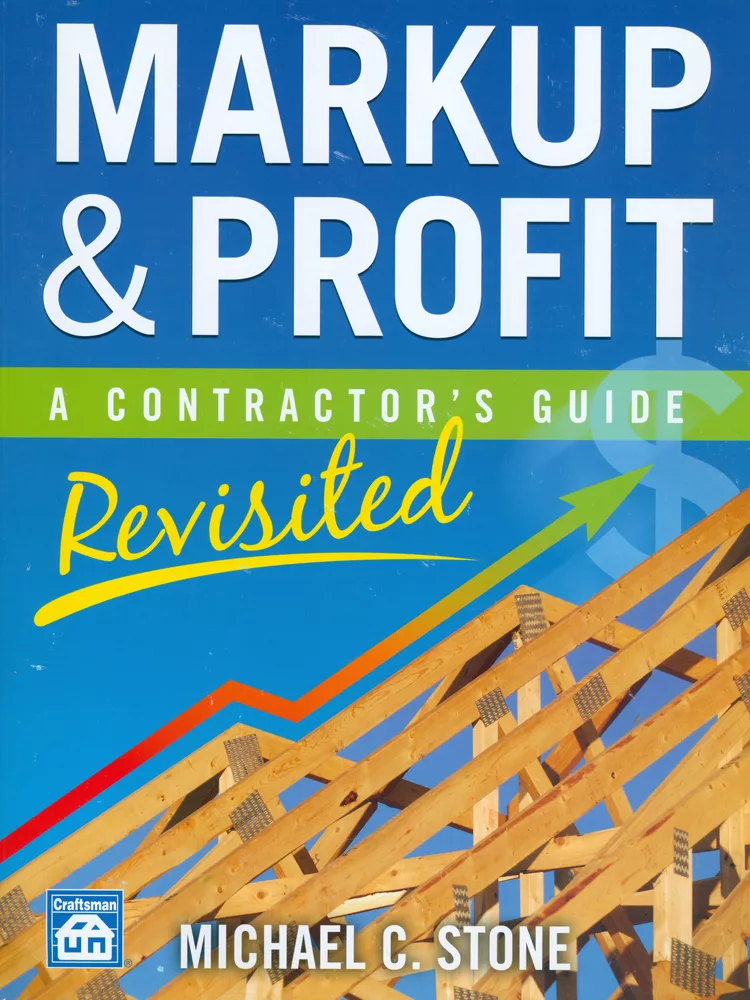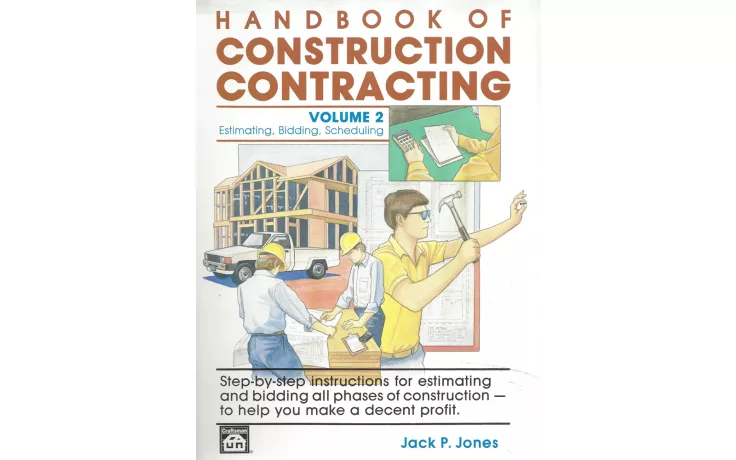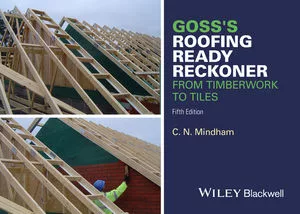Polyisocyanurate Insulation: Concerns Revisited

Facer sheet delamination
Edge cavitation
Cupping or bowing
Shrinkage
Crushing or powdering
These problems are easy to identify in field conditions. The most prominent concern has been facer-sheet delamination. This is the separation of the facer sheet (glass-fiber-reinforced cellulosic felt) from the foam core of the polyisocyanurate insulation board.
Edge cavitation is exhibited by depressions at the edges of the insulation boards. Unevenly distributed foam or a bow shape to the board illustrates cupping or bowing of the insulation board. Shrinkage can be seen in relation to other insulation boards and crushing is indicated when the foam turns to a powdered substance.
As a result, the NRCA expanded its recommendation for the use of cover boards with polyisocyanurate insulation. Whereas before cover boards were recommended only for use with hot bituminous membranes (NRCA Technical Bulletin 9, September 1988), NRCA now includes all low-slope roof assemblies, including thermoset and thermoplastic single-ply systems (ballasted, mechanically attached and fully adhered assemblies). The NRCA reasoned that the separation between membrane and insulation would reduce the effects of the aforementioned insulation defects.
Recent Manufacturing Changes
The widespread use of polyisocyanurate insulation in low-slope roof assemblies (55 percent in 1999) is primarily derived from polyiso’s inherently high R-value. However, there has been a decrease in the R-value of these insulations as the manufacturing process has been altered. This change in the manufacturing process is also contributing to the current concerns.Polyisocyanurate insulations were at one time produced with chlorofluorocarbons (CFC-11) as the expansion (blowing) agent. It has since been determined that CFCs can destroy ozone in the stratosphere. They have also been found to be one of many “greenhouse gasses” which are collecting in the atmosphere and contributing to a trend of global warming. The 1990 Clean Air Act — an amendment to the 1987 Montreal Protocol — called for the elimination of CFCs by the year 2000.
To comply, manufacturers of polyisocyanurate insulation began using a hydrochlorofluorocarbon blend (HCFC 141b) as an alternative blowing agent in 1993. The use of HCFCs as blowing agents was only a temporary alternative because it was determined that HCFCs also contribute — to a lesser extent — to the depletion of the ozone layer. They are prohibited for production after January 2003 by the 1990 Clean Air Act.
In recent years, the six polyisocyanurate insulation manufacturers have been seeking alternative blowing agents that will comply with environmental regulations, provide high R-value and be cost effective to produce. Several blowing agent chemical compositions have been identified as possible alternatives to HCFCs. They include hydrocarbons (HC), HCFC-245fa, HC blends and blends of HC and HCFC-245fa. (See Roofing Contractor, August 2001, pg. 50, “Blowing Agent Switch.”) We will have to wait and see what kind of effect the change in blowing agent will have on the next generation of polyiso insulation.
Independent Perspective and Testing
In the mean time, we have witnessed the problems documented by the NRCA, particularly insulation facer sheet delamination. In the mid 1990s at a large distribution center in Northern California, we found that the insulation under a fully adhered single-ply system had buckled. This was evident from the surface. As we cut the roof, we found extensive facer delamination. The insulation facer was adhered to the membrane; however, the facer was separated from the foam. The buckling that we noted was actually only occurring at the facer sheet and there was extensive wrinkling of the membrane. This condition presented the possibility of a roof blow-off.
In 2000, we were called in to investigate a partial roof blow-off on a building in Detroit. Once again we found that the fully adhered EPDM was attached to the insulation facer sheet and the facer was separated from the foam. Laboratory testing of the samples obtained from this site presented the following results:
Qualitative/Quantitative Analysis
The roof sample was analyzed for generic composition and system configuration. The objective was to quantify the bond strength of the insulation facer to the EPDM membrane and the bond strength of the insulation facer to the foam core of the insulation.No industry standard methodologies have been published to quantify aforementioned strength values; therefore, relative comparisons for both quantitative evaluations were conducted. Samples were evaluated based on peel action by hand, and modified tensile peel test using an Instron tensile tester.
In testing the bond strength of the facer to the EPDM, both evaluation methods resulted in facer cohesive failure. The tensile peel strength values ranged from 1.5 pounds to 2.0 pounds. The EPDM membrane could be pulled away from the insulation facer using meticulously applied hand force. The EPDM adhesive was applied in continuous film. It was noted that the EPDM membrane was bonded to the non-perforated facer side of the insulation.
In testing the bond strength of the facer to the foam, we found that as far as the top facer was concerned (EPDM membrane removed), samples evaluated by hand resulted in the facer delaminating from the upper cell layers of the foam with relative ease. Samples using the Instron tensile peel resulted in facer delamination from the upper cell layers of the foam in the range of 0.05 to 0.60 pounds.
For the bottom facer, samples evaluated by hand resulted in the facer delaminating from the upper cell layers of the foam with relative ease, but eventually became more difficult and went into facer cohesive failure. Samples evaluated using the Instron tensile peel resulted in facer delamination from the upper cell layers of the foam core combined with facer cohesive failure at a range of 1.5 to 2.0 pounds.
The facer bonding strength ratio of the bottom facer vs. the top facer to the insulation is approximately 2.5 to 1.
Proceed with Caution
There has been some reluctance in the industry, particularly on the part of the single-ply manufacturers, to recognize NRCA’s recommendations. Most of the manufacturers will still provide a 20-year warranty with the membrane applied directly over the polyisocyanurate. This is their prerogative. However, the technical composition of the insulation has changed, making it virtually a new product with no performance record. This is in addition to documented problems.We recently investigated another partial roof blow-off with a fully adhered EPDM attached to the insulation facer sheet. Later in the same week, a single-ply manufacturer issued a letter on a fully adhered EPDM assembly for which we had specified a cover board over isocyanurate insulation. The letter stated that use of cover boards would void the company’s 20-year warranty. The letter cited lack of adhesion to certain cover boards and moisture absorption issues. Interestingly enough, the recent partial blow-off that we investigated was on the same company’s fully adhered system applied directly to isocyanuarate insulation!
This is not to question the technical capacity of polyisocyanurate insulation. To the contrary, it has been and will continue to be a solid insulation choice for low-slope roof assemblies. However, there are valid concerns with performance capacity when there is no separation from the membrane. Will all polyisocyanurate assemblies applied without a cover board experience problems? We can only hope that is not the case. However, for a roofing contractor, even one failed roof could be devastating. It may not hurt to include a letter to the owner that there are reported problems in the industry with polyisocyanurate insulation applied directly under the membrane. Let the manufacturer take all of the risks … and then let’s all hope they do the right thing!
Looking for a reprint of this article?
From high-res PDFs to custom plaques, order your copy today!





